Sears Shoppers Are Shocked at How Far It’s Fallen: “Wow, This Is Sad”
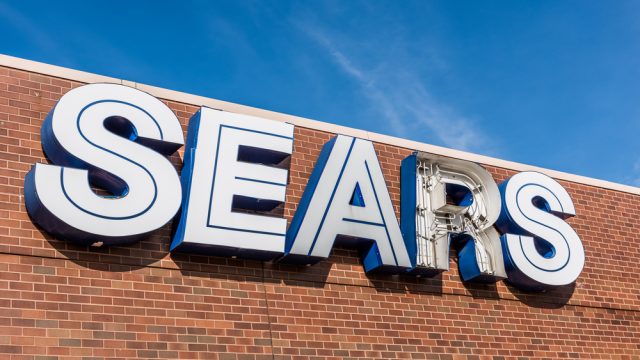
In a bygone era, Sears was synonymous with shopping for American consumers. The retailer went from a fledgling catalog business to becoming a staple of the mall experience over the course of the 20th century. It even famously reached literal heights by holding its headquarters in what was the tallest building in the world for some time. But today, the company finds itself struggling as only a handful of its stores remain—and shoppers say they are shocked at how far the once iconic retailer has fallen. Read on to learn more about the company’s current status and where it might be headed.
READ THIS NEXT: Jo-Ann Fabrics Is Closing Stores, Starting Jan. 22.
It’s no secret that Sears has faced plenty of difficulties in recent years.
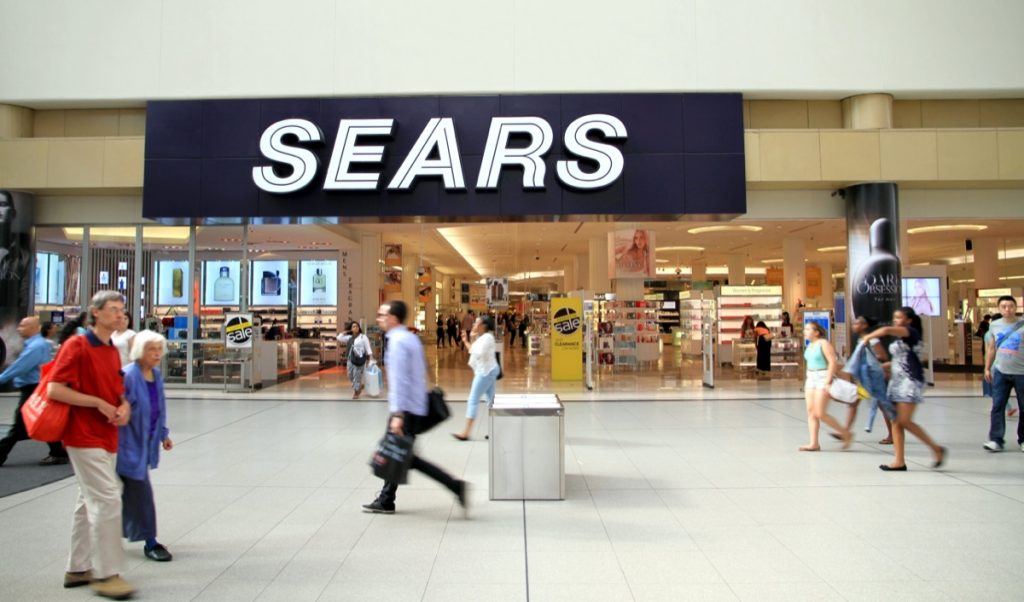
The change in the retail landscape over the past few decades has affected even the most venerable department stores, but arguably none have seen a reversal of fortune quite like Sears. Some shoppers remember a time in the 1980s and early 1990s when the company was the top retailer in the U.S., even branching into the financial sector by launching the Discover credit card and purchasing real estate firm Coldwell Banker, Bloomberg reports.
But by the end of the millennium, the company found itself struggling amid increased competition and declining sales, leading to a merger with Kmart in 2004. Even though the move was seen as somewhat of a desperate attempt to revive both retailers, the stores still languished over the following decade before officially declaring Chapter 11 bankruptcy in 2018, Forbes reported.
Unfortunately, the move meant to help the company regain its footing proved less effective than hoped. Creditors and suppliers claimed they were owed for funds and goods they provided to the retailer in the years leading up to its Chapter 11 declaration, filing a lawsuit that languished in court for nearly four years, Retail Dive reported in August. Sears was only able to emerge after a $175 million settlement broke the deadlock this past summer, allowing the company to finally bring itself out of bankruptcy on Oct. 29.
Now, the company faces a different set of problems as its few remaining stores struggle to bring in the business they need in the field they once dominated.
Sears shoppers say it’s shocking how far the once iconic retailer has fallen.
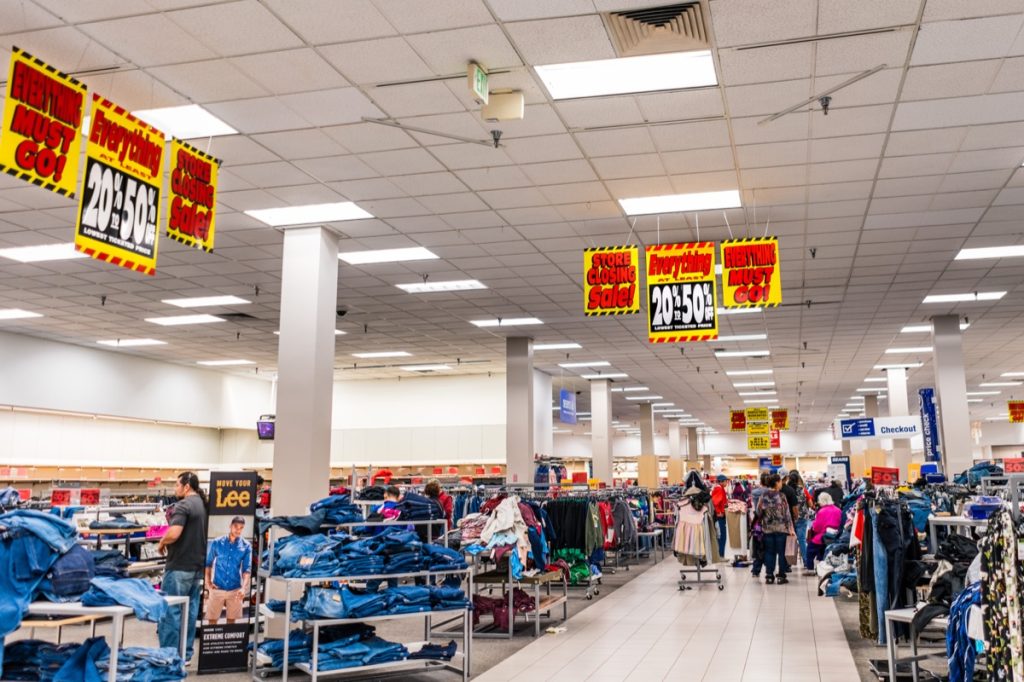
Sears’ shrinking retail footprint is hard to miss for anyone who passes an empty storefront on their way into their local mall. But even as longtime shoppers turn to the few remaining locations to make purchases, they’re finding a bleak situation that shows just how far the store has fallen.
“I used to shop here years ago with my great-grandmother,” Razeyah Surrell, a customer who came to the Jersey City Sears location, told CNN. “I walked in and said, ‘Wow, this is sad,'” adding that the pair of pants she was hoping to buy was nowhere to be found.
Other customers were equally disappointed and nostalgic for the store’s glory days. “I just came in looking for sales. But it’s so empty, and there’s not a lot to choose from,” Sears shopper Tracy Easterling told CNN. “Back in the day you could come in and get most everything you needed in one store.”
“Look at it. It’s as empty as can be,” she added, pointing out how quiet the store was despite it being a busy holiday shopping weekend.
RELATED: For more up-to-date information, sign up for our daily newsletter.
The dwindling number of Sears locations will soon grow even smaller.
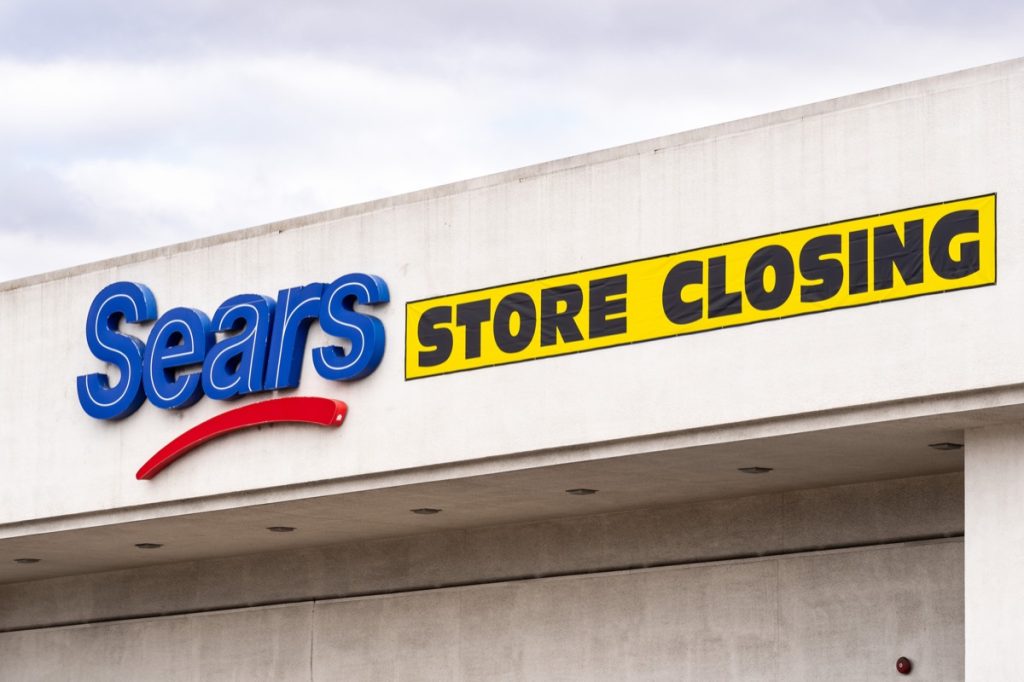
But for many shoppers, Sears is becoming little more than a memory as its dwindling locations continue to disappear across the U.S. On Oct. 16, New York saw the last store in the state shut its doors for good, WRRV Radio reported. And on Dec. 18, the Sears store at the Valley Mall in Union Gap, Washington, will finally go out of business after extending its last shopping day by a month, local CBS affiliate KIMA reported.
The closure of the Washington location will bring the remaining number of full-format Sears stores down to just 21 nationwide. The precipitous drop marks a significant change from the 700 locations the company operated when the retailer first declared bankruptcy in 2018, NJ.com reports. The last standing stores include a handful of locations each in California and Florida, as well as single stores in Maryland, Massachusetts, New Jersey, North Carolina, Pennsylvania, Washington, and Puerto Rico.
Smaller format versions of the store still exist, with Home & Life locations open in Alaska, Kansas, and Louisiana. There are also still Appliance & Mattress format stores in Colorado, Hawaii, and Texas. And while there are still smaller-format Sears Hometown franchise operations in some areas, roughly only 100 remain after a string of recent closures, USA Today reported.
Some experts say “the end will come” for the retailer soon.
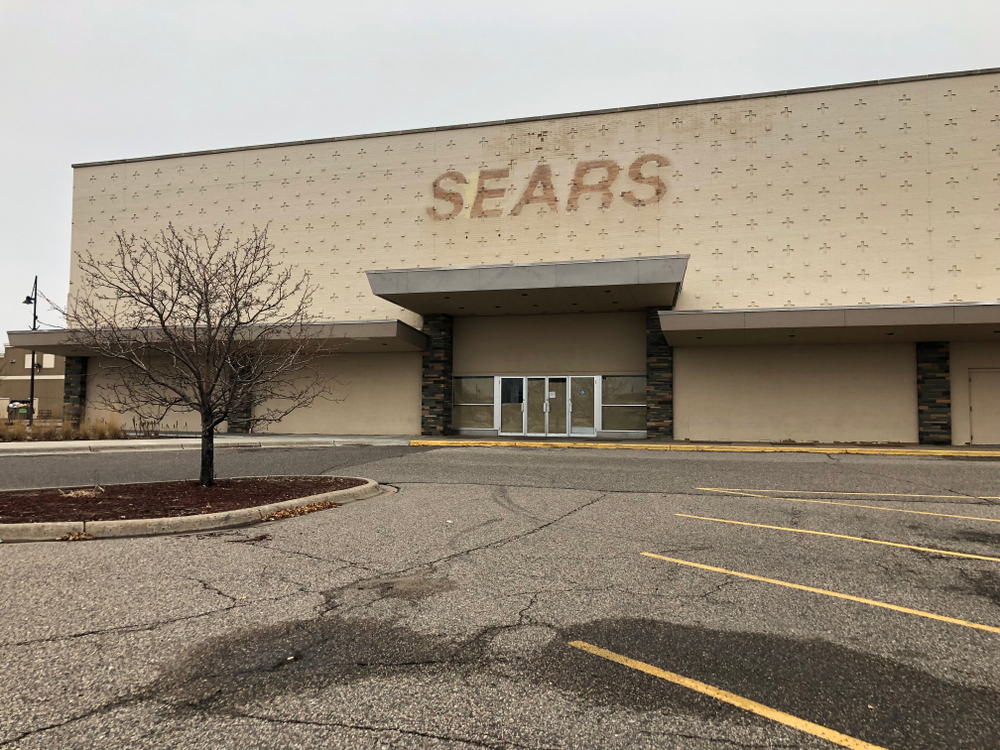
Now, with its retail capabilities a shadow of its former self, experts point out that Sears will likely struggle to make any kind of meaningful comeback. The company has already stripped itself of many of its valuable assets and product partnerships to stay afloat, including Craftsman tools, Kenmore appliances, and DieHard car batteries, Bloomberg reports. Some fear the company is simply just too unappealing for any potential buyers to save.
“A failure to invest in itself is why Sears melted down to what it is today,” Steve Azarbad, a managing director at retail vendor credit protection company TradeGuard, told Bloomberg. “At this point, investors would have been better off if it liquidated 10 years ago.”
One expert says the company’s diminished size and capabilities also mean that it’s running out of runway to work with. “They do not have an appealing value proposition to customers, and the amount of competition in the retail marketplace offering similar goods means the end will come at some point,” Ray Wimer, PhD, professor of retail practice at Syracuse University, told Fox Business earlier this month.
However, even though many companies have suffered similar fates to Sears, one expert points out that it didn’t necessarily need to end so disastrously. “It could have been a rival to Amazon. It had been the Amazon of its day,” Mark Cohen, director of retail studies at Columbia University and former CEO of Sears Canada before its merger with Kmart, told CNN. “No doubt that Sears would have needed to close stores and consolidate holdings, but their real estate holdings would not have been the albatross they were for other department store chains. Nothing would have stopped it from having a second life as a world-beater. At the end of the day, this was all about the incompetence and malfeasance of its leadership.”